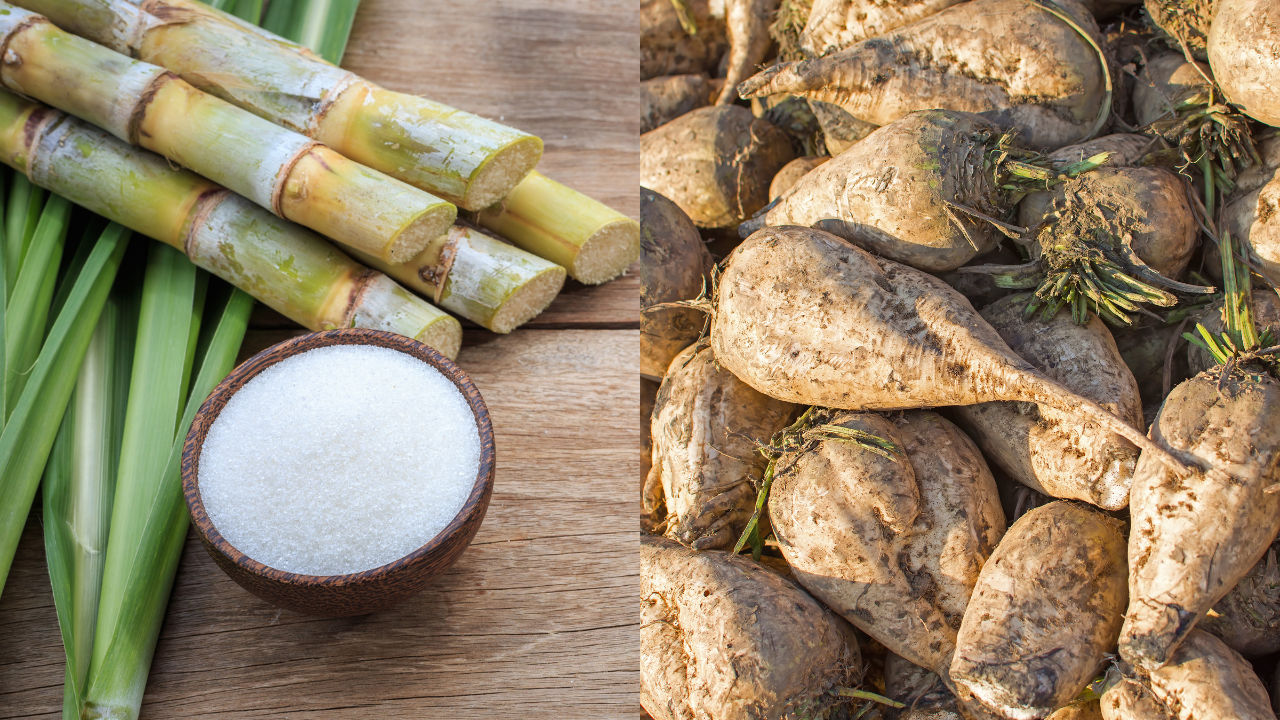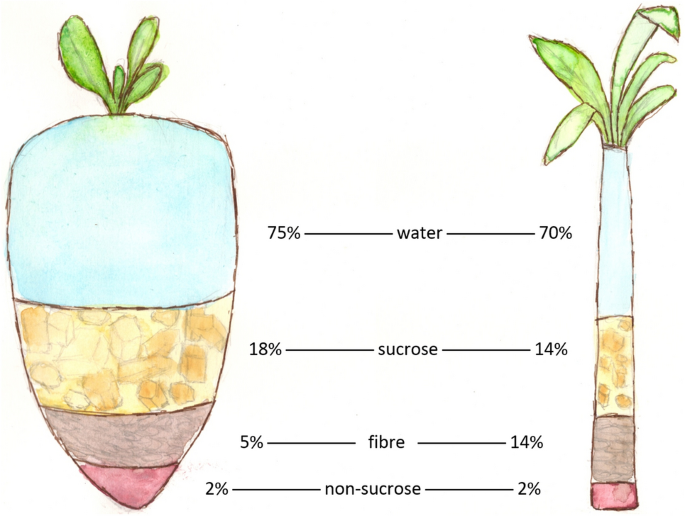When looking at beet sugar vs cane sugar, some argue that one browns better than the other.
When looking at beet sugar vs cane sugar, some argue that one browns better than the other.
Blog Article
Discover the Uses and Benefits of Beet Sugar Vs Cane Sugar in Your Daily Diet Plan
Checking out the distinctive top qualities of beet and cane sugar exposes more than simply their sweetening capabilities; it highlights their distinct effect on health and wellness and cooking arts. Beet sugar, understood for its subtle flavor, is commonly preferred in delicate treats, whereas cane sugar, with its hint of molasses, adds splendor to durable meals. Each type holds its own dietary account and glycemic implications, inviting a deeper understanding of their roles in a well balanced diet and sustainable intake methods.
Origin and Manufacturing Procedures of Beet and Cane Sugar

The distinctive climates and soil types required for expanding sugar beetroots and sugarcane add to differences in their farming methods and geographic distribution, influencing the business economics and sustainability of their manufacturing. beet sugar vs cane sugar.
Nutritional Contrast Between Beet Sugar and Cane Sugar
Despite originating from various plants, beet sugar and cane sugar are nutritionally extremely similar, both primarily including sucrose. Each supplies regarding 4 calories per gram, translating to about 16 calories per teaspoon. Structurally, both sugars are made up of around 99.95% sucrose, with minimal quantities of various other substances like wetness and trace minerals, which do not significantly alter their nutritional profiles.

Inevitably, when selecting in between beet sugar and cane sugar based on nutritional web content alone, both deal similar benefits and downsides as they are basically types of the very same particle-- sucrose, continue reading this supplying fast energy without various other nutrients.
Effect On Health And Wellness: Glycemic Index and Caloric Material
Exploring further into the effects of beet sugar and cane sugar on health and wellness, it is necessary to consider their glycemic index and calorie material. Both sugars are classified as sucrose, which includes sugar and fructose. This structure leads them to have a comparable impact on blood sugar level degrees. The glycemic index (GI) of both beet and cane sugar is around 65, classifying them as high-GI foods, which can cause quick spikes in blood sugar degrees. This is a critical element for individuals handling diabetes or those trying to stabilize their energy levels throughout the day.
Each type of sugar consists of around 4 calories per gram, making their calorie content matching. For those checking caloric consumption, especially when managing weight or metabolic health and wellness conditions, comprehending this equivalence is vital (beet sugar vs cane sugar). Nevertheless, too much usage of any kind of high-calorie, high-GI food can add to health and wellness concerns such as excessive weight, heart problem, and insulin resistance.
Environmental and Economic Considerations of Sugar Manufacturing
Beyond health impacts, the production of beet and cane sugar also increases significant environmental and financial concerns. Sugar beet growing tends to call for cooler climates and has a reduced geographical footprint contrasted to sugar cane, which flourishes in exotic regions. Both plants are extensive in terms of water usage and land line of work, potentially leading to logging and water deficiency. Economically, the international sugar market is highly unpredictable, influenced by adjustments in check that international trade plans and aids. Many nations incentivize sugar manufacturing through monetary assistance, skewing market value and affecting small-scale farmers adversely.
Furthermore, using chemicals and fertilizers in both beet and cane sugar cultivation can result in soil deterioration and pollution, further affecting biodiversity and regional water bodies (beet sugar vs cane sugar). The selection between growing sugar beet or cane frequently rests on local environmental conditions and economic elements, making the sustainability of sugar manufacturing an intricate issue
Culinary Applications and Flavor Differences
While the environmental and financial facets of sugar manufacturing are undoubtedly considerable, the option between beet and cane sugar also influences cooking applications and taste profiles. Beet sugar, derived from the sugar beet plant, is known for its remarkably neutral taste. This makes it a flexible component in baking, where it does not alter the taste of various other elements. It dissolves quickly and is perfect for use in cakes, cookies, and breads.
Walking cane sugar, removed from sugarcane, usually maintains molasses traces, which pass on a distinct splendor and depth. This minor molasses flavor boosts the complexity of baked products, sauces, and sauces. It is especially favored in items where a sugar undertone is desired, such as in brownies or my site gingerbread. The mild variation in wetness content in between beet and cane sugar can influence the texture and uniformity of dishes, making cane sugar a favored selection for particular recipes that profit from its distinct buildings.

Verdict
Finally, both beet and cane sugar have distinct beginnings and manufacturing procedures, providing comparable dietary accounts with slight differences in sodium content and taste. While their influence on wellness, specifically pertaining to glycemic index and calories, is similar, the selection between them often steams down to environmental, financial factors, and specific cooking needs. Understanding these elements can lead customers in making informed decisions that line up with their health and wellness objectives and taste preferences.
Report this page